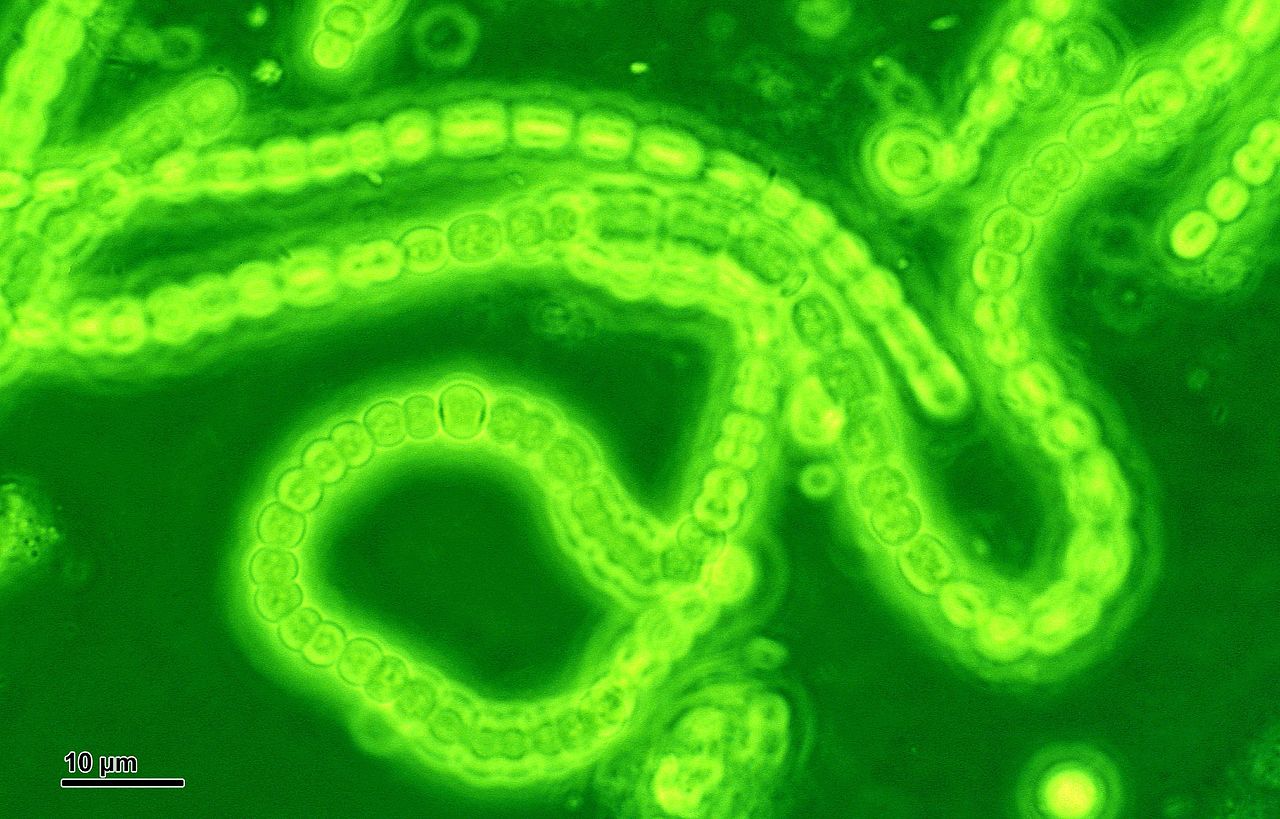On Earth, a single solar day lasts 24 hours. That is the time it takes for the Sun to return to the same place in the sky as the day before. The Moon, Earth’s only natural satellite, takes about 27 days to complete a single circuit around our planet and orbits at an average distance of 384,399 km (~238,854.5 mi). Since time immemorial, humans have kept track of the Sun, the Moon, and their sidereal and synodic periods. To the best of our knowledge, the orbital mechanics governing the Earth-Moon system have been the same, and we’ve come to take them for granted.
But there was a time when the Moon orbited significantly closer to Earth, and the average day was much shorter than today. According to a recent study by a pair o researchers from China and Germany, an average day lasted about 19 hours for one billion years during the Proterozoic Epoch – a geological period during the Precambrian that lasted from 2.5 billion years to 541 million years ago. This demonstrates that rather than gradually increasing over time (as previously thought), the length of a day on Earth remained constant for an extended period.
Continue reading “A Day on Earth Used to Only Be 19 Hours”

